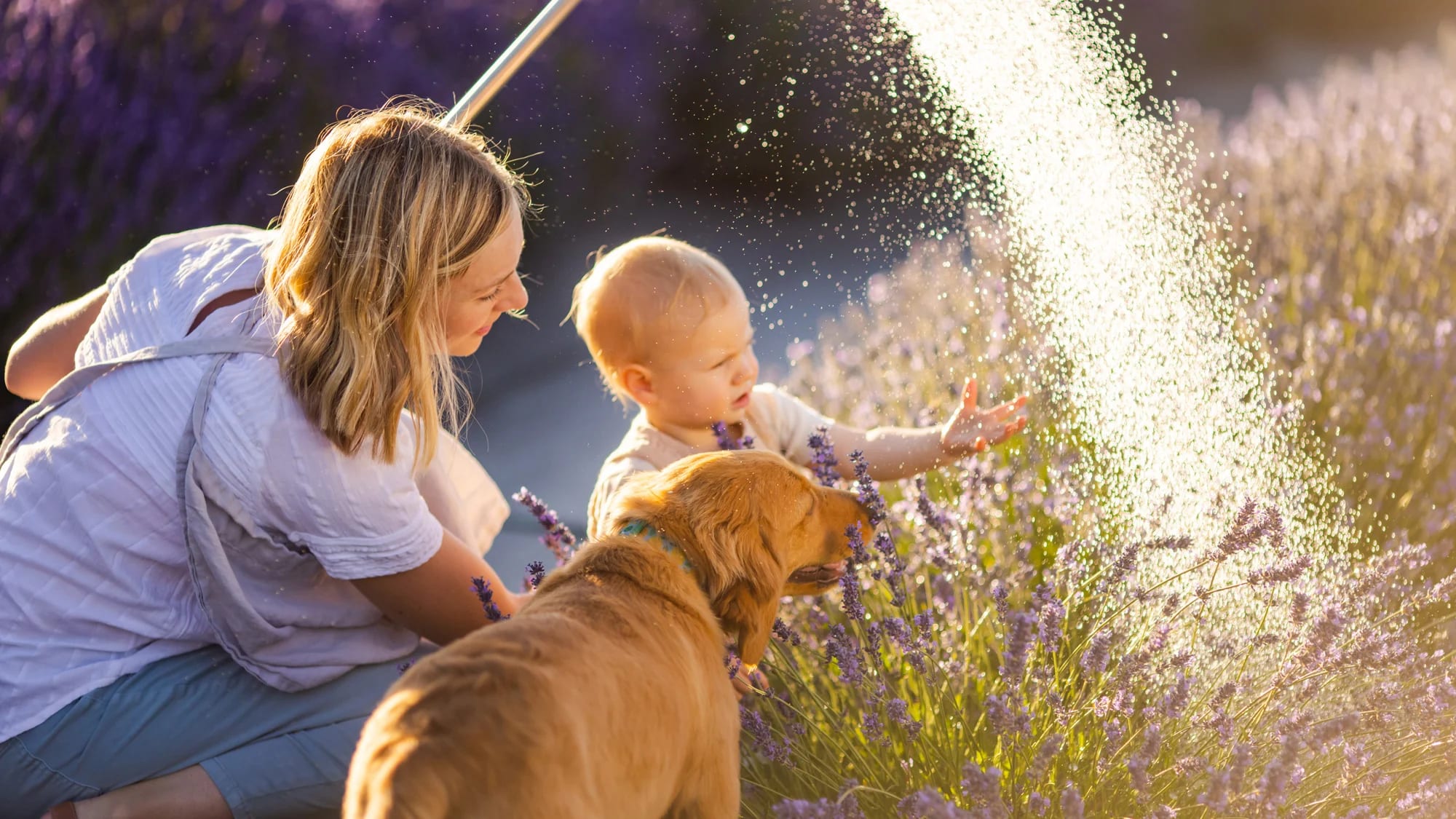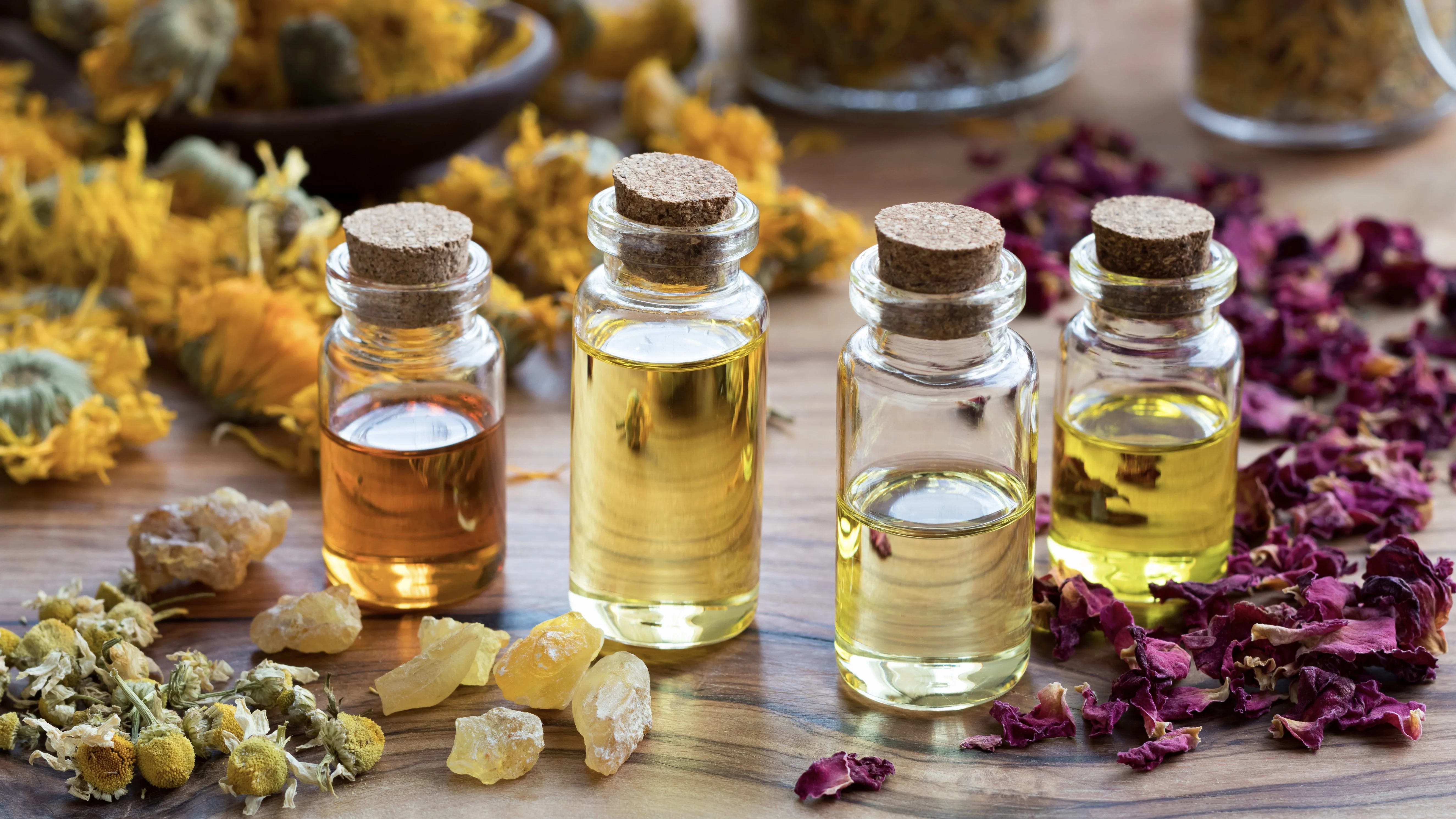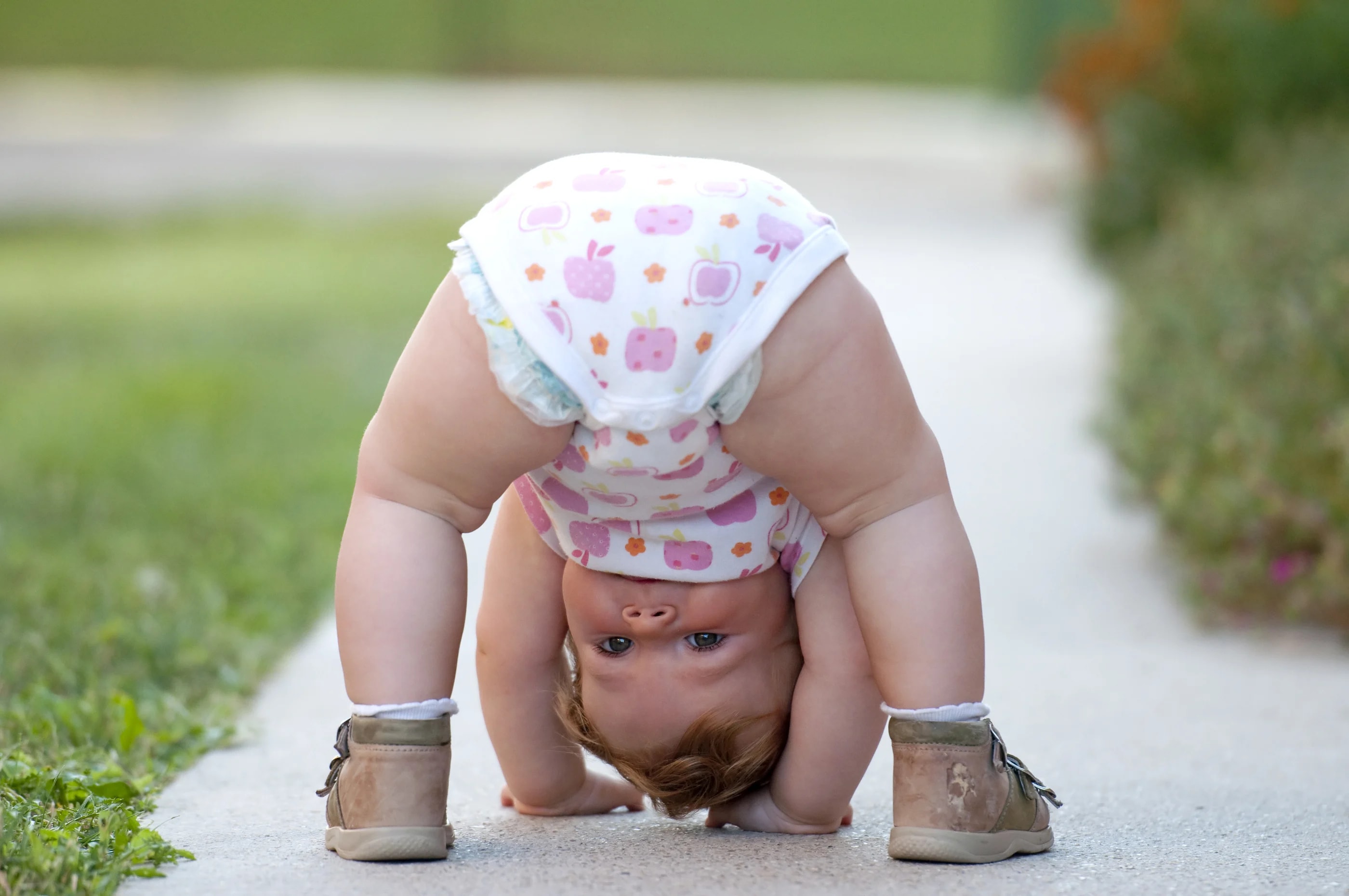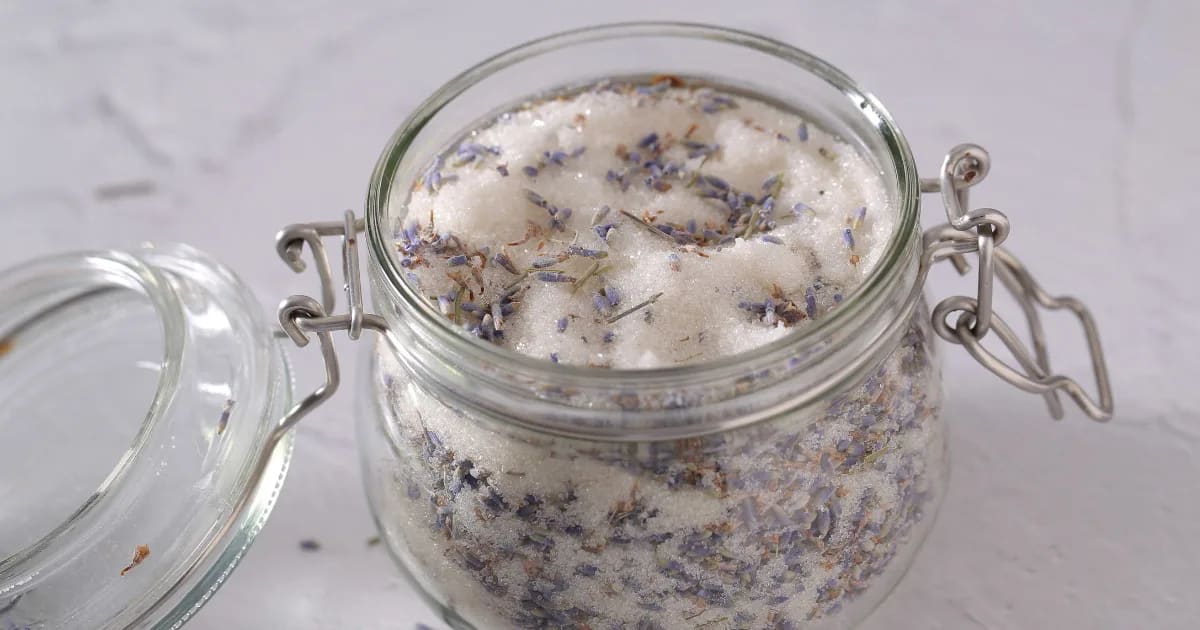Aromatherapy to Help Kids Pay Attention

3 Ways aromatherapy can help kids pay attention + a DIY recipe
Can aromatherapy help kids pay attention? Absolutely!
Of course, it's important to be sure that kids are getting enough sleep, eating well, and having the chance to run around and play (or do some physical activity that lets them express their abundant energy).
But when it comes time to sit down and focus, you can definitely use aromatherapy to help kids pay attention.
Aromatherapy to help kids pay attention: which oils?
We want essential oils that can calm the nervous system without making children too sleepy and bring more energy to their heads without over-stimulating them. We're looking to strike a delicate balance.
I'm going to make an inhaler that can help children in three ways:
Calm them down: Lavender
Lavender essential oil contains two components that have been proven again and again to relax the nervous system: linalool and linalyl acetate.Focus their minds: Atlas Cedarwood
Atlas Cedarwood oil is very different from North American Cedarwood. Its brisk, warm, woody scent can clear kids' heads, reducing distractions and supporting concentration.Boost their moods: Sweet Orange
Brimming with the mood-boosting component d-limonene, Sweet Orange oil can help lift kids' spirits when frustrated and overwhelmed. Plus, children love its sweet, fruity fragrance!
I'm combining these three oils in an inhaler, which is easy for kids to use alone. They can even carry it in a pocket and use it whenever needed.
Because kids might not remember to use their inhaler, it can also help if you teach them to use it regularly—such as before every lesson. Try telling them, “When you sit down to work, the first thing you do is take out your inhaler and use it for five deep breaths.”
Busy Bee Kids' Attention Inhaler
3 drops Atlas Cedarwood essential oil (Cedrus atlantica)
3 drops Sweet Orange essential oil (Citrus sinensis)
2 drops Lavender essential oil (Lavandula angustifolia)
Making an inhaler is fun . . . and kids can help!
Inhalers come in various bright colors, so you can let the child choose one they like.
Get a small glass or ceramic bowl, and start by putting 1 drop of Lavender into it. Ask the child to smell the oil and see if they like it. If so, add another drop of Lavender. If not, you can move on to the Sweet Orange oil.
The idea is to add one or two drops at a time, letting the child smell the blend.
Once all the drops are in the bowl, soak the oils up with the cotton part of the inhaler. (I like using tweezers, so essential oils don't get all over my fingers.) Then slide the cotton into the inhaler and snap the bottom into place.
Andrea Butje walks you through making an inhaler in this video. (The recipe in the video is excellent for helping adults breathe clearly! Just reduce the drop count by half to make it for kids.)
The recipe for the Busy Bee Attention Inhaler is flexible. You can adjust it as needed based on what the child likes. After all, you can tell them it's their inhaler, so they must like how it smells. (They'll be more likely to use it if they love the aroma.)

NOTE: Atlas Cedarwood (Cedrus atlantica) is on the endangered list. Ask your supplier how their oil is sourced and produced is a good idea. Aromatics International gets their Cedrus atlantica from a plantation that uses sustainable practices, so the wood isn't taken from the wild. (Just like Sandalwood, some plantations grow Cedrus atlantica with fully sustainable harvesting methods.) It's exciting to see this type of conservation and sustainability making a positive impact! We can also suggest using Juniperus virginiana instead of Cedrus atlantica.
If you’re passionate about promoting natural health and wellness for your family and home, Aromatherapy for Natural Living is for you!
In this course you’ll learn practical, hands-on methods for establishing a healthy lifestyle using essential oils. From cleaning your home to creating DIY skin care products to supporting your immunity, this course will teach you everything you need to know to live an all-natural lifestyle.
REFERENCES
Battaglia, S. (1995) The Complete Guide to Aromatherapy. Virginia, QLD: Perfect Potion
Lima, N.G., de Souza, D.P., Pimenta, F.C., Alves, M.F., de Souza, F.S., (2012a) Anxiolytic-like activity and GC-MS analysis of (R)-(+)-limonene fragrance, a natural compound found in foods and plants. Pharmacology, Biochemistry and Behavior 103, 450-454
Perry, N. and Perry, E. (2006) Aromatherapy in the management of psychiatric disorders: clinical and neuropharmacological perspectives. CNS Drugs 20, 4, 257-280
Woelk, H. and Schläfke, S. (2010) A multi-center, double-blind, randomized study of the Lavender oil preparation Silexan in comparison to Lorazepam for generalized anxiety disorder. Phytomedicine 17, 2, 94-99.





